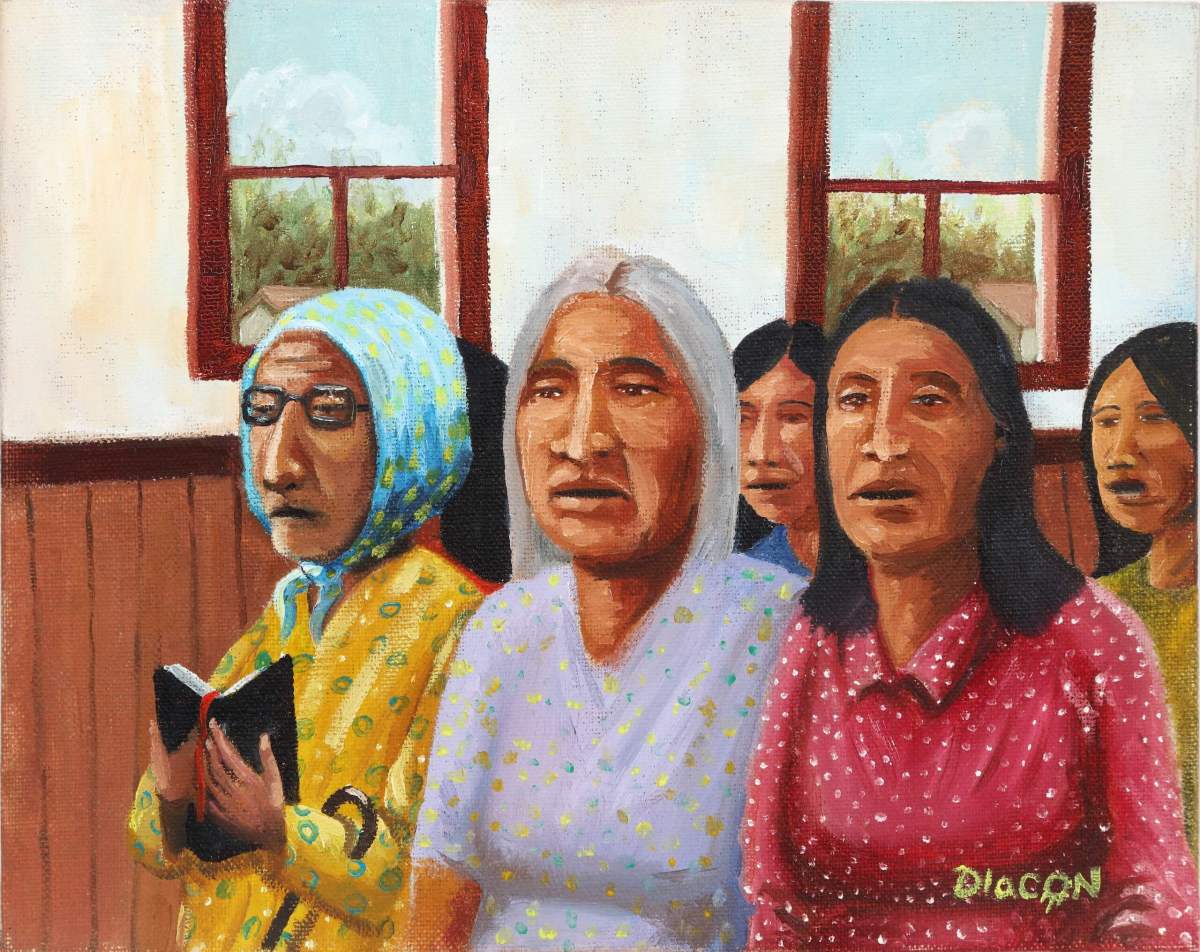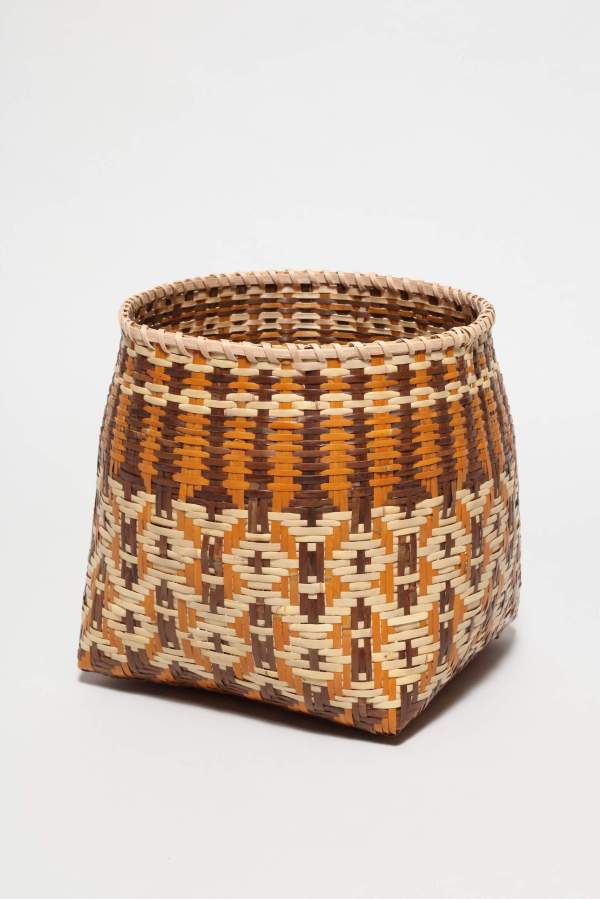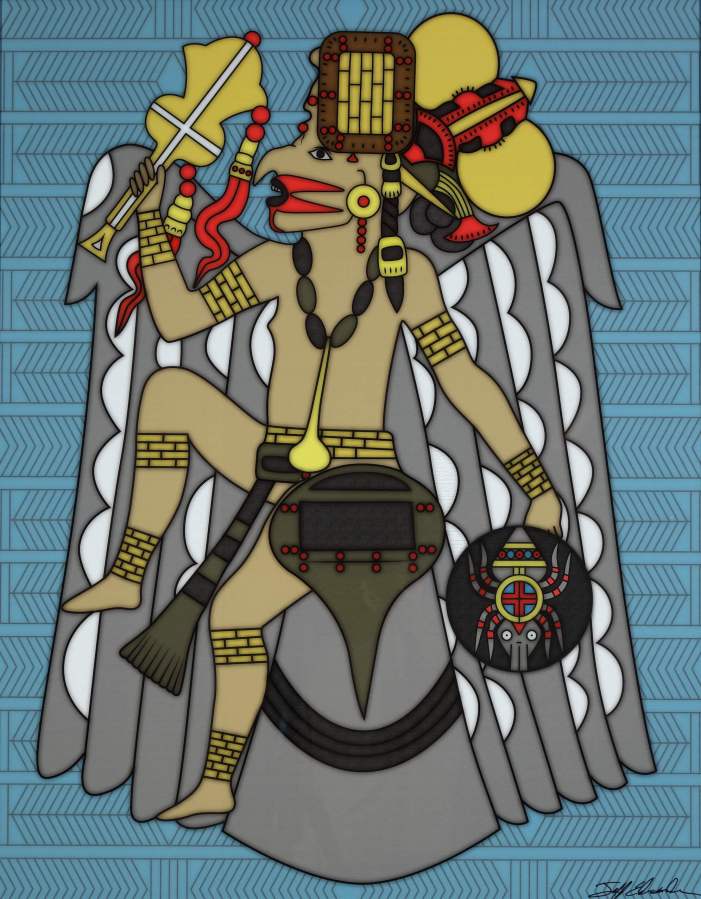The Exhibition
This Land Calls Us Home explores and reveals some of the significant contemporary relationships that many Native Americans indigenous to the Southeast Woodlands region maintain with their homelands.
This Land Calls Us Home explores and reveals some of the significant contemporary relationships that many Native Americans indigenous to the Southeast Woodlands region maintain with their homelands.


The creative work made by these Indigenous artists shows that Native people have neither disappeared nor been permanently removed from their ancestral lands, and even literally remain in its sphere of influence. The featured artwork suggests that collective and individual relationships that Southeastern Native people maintain with these homelands have not been solely defined by recovery from painful or difficult histories. In fact, their ongoing connections have been their strength in facing contemporary challenges that in many ways parallel those faced here by their ancestors.
The purpose of the exhibition This Land Calls Us Home, is to identify contemporary relationships of Native Americans with their ancestral homelands in the Southeastern United States and their continuing impact on this region, the nation and far beyond. Its mission is to not only to enlighten and entertain audiences but enhance their understanding of Indigenous peoples and experience of the Southeast region. This core message is conveyed through the Indigenous “voice” of contemporary visual art and media made available by artists, designers and lenders whose Native people remain or are removed from homelands in the Southeast. All participants are affiliates of tribal groups indigenous to the Southeast.
With the goal of healing broken relationships, the exhibit supports reconstruction of Native American identity and self-determination. As many participants are also part nonNative, it offers additional points of identification for diverse audiences providing relevance in a public context.

While the degree and nature of identification with Southeastern homelands vary among Indigenous individuals, a team that included Indigenous leadership, scholars and exhibition specialists identified five basic homeland relationship categories. These include: community and autonomy, communication and expression, heritage and legacies, identity and diversity as well as nature and nurture.
This Land Calls Us Home acknowledges and demonstrates Native American presence and belonging in the Southeast region. With a focus on Georgia and surrounding states, it offers relevance to the Atlanta area as a global center for human rights, medicine, communications and technology.
This Land Calls Us Home explores and reveals some of the significant contemporary relationships that many Native Americans indigenous to the Southeast Woodlands region maintain with their homelands.